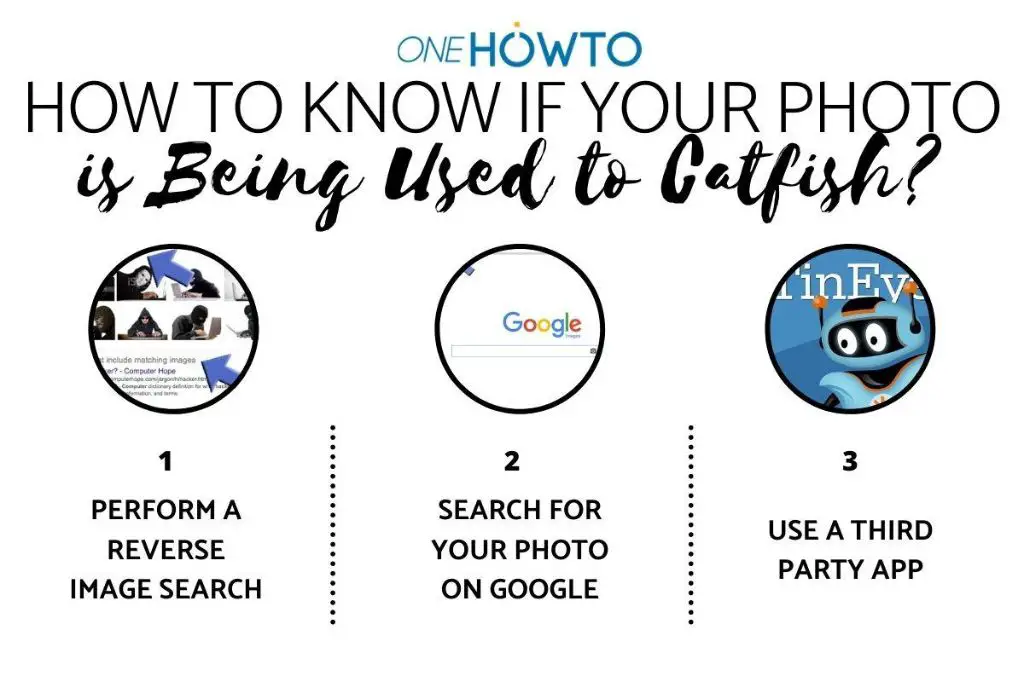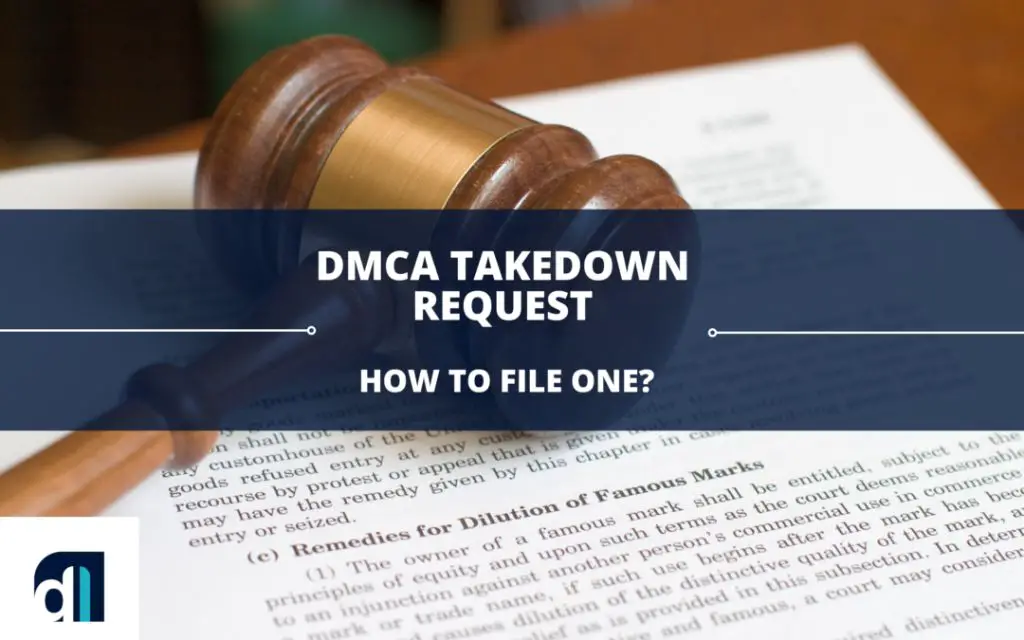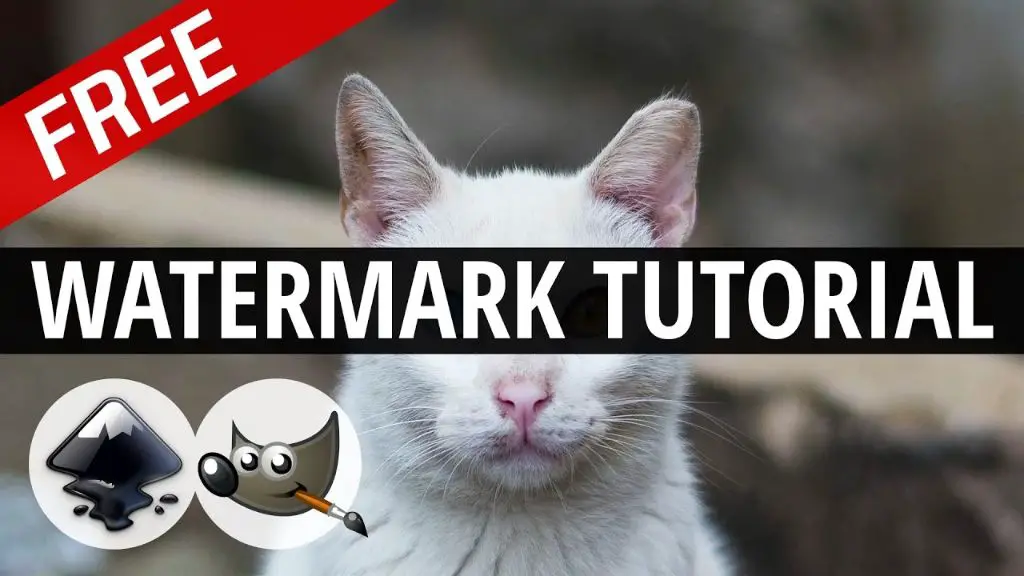What is catfishing?
Catfishing refers to the practice of creating fake online identities, often using someone else’s photos and information, in order to deceive and manipulate other users. According to Proofpoint, catfishing is “the fabrication of a false online identity by a cybercriminal for the purposes of deception, fraud, or exploitation.”
Catfishers typically use social media platforms like Facebook, Instagram, and dating apps like Tinder and Bumble to find victims and carry out their scams. They create elaborate fake profiles using photos and details stolen from real people’s accounts. Their main goal is to gain someone’s trust and affection under false pretenses.
People engage in catfishing for a variety of reasons. Some do it as a harmful prank or to get revenge on someone. Others use it to find intimacy and connection they feel unable to obtain honestly. Catfishers may also have financial motives, using their fake identities to scam people out of money.
Regardless of the reason, catfishing is unethical and can deeply hurt the victims who get manipulated. It’s important to be vigilant online and watch for warning signs that someone may not be who they claim.
How to tell if someone is using your pictures
There are several warning signs that someone may be using your pictures to catfish:
- You get random friend requests on social media from attractive strangers you don’t know (Source: https://technology.onehowto.com/article/how-to-find-out-if-someone-is-using-your-pictures-to-catfish-10466.html)
- Your pictures are posted on dating sites or social media profiles you did not create yourself (Source: https://www.webmd.com/sex-relationships/signs-catfishing)
- You find images of yourself online that you did not post (Source: https://theconversation.com/is-someone-using-your-pictures-to-catfish-your-rights-when-it-comes-to-fake-profiles-and-social-media-stalking-214418)
If you notice any of these warning signs, it may indicate someone is misrepresenting themselves as you online by using your pictures.
Gather evidence
If you suspect someone is using your photos for catfishing, the first step is to gather evidence. According to this Quora post, you can ask the person to connect via phone call or video chat. Their refusal may indicate catfishing. Another tactic is sending a handwritten letter asking for proof of identity, as recommended by this article.

A key way to gather evidence is by saving screenshots and documenting where your photos are being used. You can reverse image search your pictures to uncover other fake accounts. Services like TinEye and Google Images allow you to upload a photo to find where it’s being used online. Document each instance by saving screenshots. The more evidence you collect, the stronger your case if you need to report fake accounts or take legal action.
Confront the catfish
If you have confirmed someone is using your photos to catfish others, the next step is to directly but politely confront them. Explain that you know they are using your pictures without your consent, and it makes you uncomfortable. According to Reddit and WikiHow, a calm, compassionate approach is best for getting them to stop their behavior.

Say something like “Hey, I noticed you’ve been using my photos on your dating profile. I’m flattered you think I’m attractive, but using my pics without asking me is hurtful and dishonest. I’d really appreciate it if you took those down and used your own pics moving forward. Let me know if you need any help with that.”
Avoid attacking or threatening the catfish. As frustrating as it is, confrontation works better than aggression. Politely standing up for yourself is the most effective way to get them to stop. And if they still refuse, you can take further action like reporting them.
The key is to directly but compassionately explain how their actions affect you, and ask them to stop catfishing with your pics. With the right approach, most catfish will be reasonable when confronted.
Report fake accounts
If you find someone using your images in a fake profile, the first step is to report the account through the platform’s reporting tools. Each major social media site like Facebook, Instagram, and Twitter have options to flag accounts as fake or harmful. For example, on Facebook you can report a profile for “pretending to be someone else” and select the option that the account is impersonating you specifically. On Instagram, you can file a report within the app if you have an account. When reporting a fake account, be sure to provide any details you have like links to your real profiles or the images being used without your consent.
Many platforms will review reports of fake accounts quickly, often resulting in the account being removed within 24 hours. Reporting impersonating or fake profiles is an efficient first step to getting your images taken down from catfishing accounts.
Contact website/app admins
Many websites and apps have processes in place to report fake accounts or unauthorized use of photos. You should try to directly contact the site administrator or support team.
Find the “Contact Us” or “Report Abuse” page on the website or in the app. Email the address listed explaining the situation and ask for the unauthorized account to be removed. Provide any relevant details like your name, contact info, links to your real profiles, and screenshots of the catfish using your photos.
For example, you can email social media sites like Facebook with:
– Proof the profile is using your name/photos without consent
– Links to your real, authorized profiles
– A request to delete the fake catfish account
Repeatedly reporting fake accounts and contacting administrators can help get them shut down faster. Be persistent if the first request is ignored.
Send DMCA takedown

If someone is using your photos without permission, you can file a DMCA (Digital Millennium Copyright Act) takedown notice to get the content removed. A DMCA takedown requires sites to remove unauthorized uses of your content.
To file a DMCA takedown:
- Gather evidence like screenshots and URLs showing where your photos are being used without consent.
- Draft a takedown notice that identifies you as the copyright holder, specifies the infringing content, and contains your contact information.
- Submit the notice to the site’s designated DMCA agent. This info can usually be found in their terms of service or copyright policy pages.
Sites like https://www.dmca.com/takedowns/personal offer services to create and file DMCA notices on your behalf. But you can also find free templates online to do it yourself.
Once submitted, the site must expeditiously remove the infringing content to maintain safe harbor protections under the DMCA. If they don’t comply, you may be able to take further legal action.
Consult a lawyer
If reporting the unauthorized use of your photos to the website or app does not resolve the issue, consulting a lawyer may be the next step. According to LGT Law, you can contact a lawyer to send a cease and desist letter to the person misusing your photos demanding they stop.
A lawyer can also advise you if you have a claim for defamation or right of publicity if your image has been misused or presented in a false light in a way that harms your reputation. They can assist in pursuing legal action, if needed. Some key considerations in whether you have a viable case, according to Nolo, include:
- How the image is being used
- If it was modified or presented in a false way
- The extent of distribution and harm caused
Having an attorney send a formal cease and desist letter often compels compliance. If not, they can provide guidance on next steps, including potential lawsuits. Their expertise can be invaluable if your images are being actively misused or your reputation has been damaged.
Watermark your photos
Adding a watermark of your name or username to your photos makes them more difficult for someone to steal and use in a fake profile. A watermark overlays text or an image across your photo that clearly shows it belongs to you. According to Canva, you can easily add a custom watermark to your photos using their free mobile app. After uploading the photo and watermark image or text, the app will overlay the watermark on your picture. Another option is to use the watermarking feature in photo editing software like Adobe Lightroom to add your name or logo to your images before posting them online.

Adjust privacy settings
One of the most important ways to prevent photo theft is to adjust your privacy settings on social media. Make sure your accounts are set to private so only approved followers can see your content. Be very cautious about posting identifiable pictures publicly.
On Instagram, you can manage privacy settings by going to your profile, tapping the menu icon, selecting “Settings”, then “Privacy”, and adjusting options like “Private Account” and “Story Control.” Enable options like “Restrict” so you have to approve new followers.
On Facebook, go to “Settings” then “Privacy” to manage who can see your posts, limit story visibility, and enable facial recognition consent. Restrict old posts and review tags people add to photos of you.
Regularly checking and adjusting privacy settings can help prevent photo theft, according to sources like DataPrivacyManager.net.

